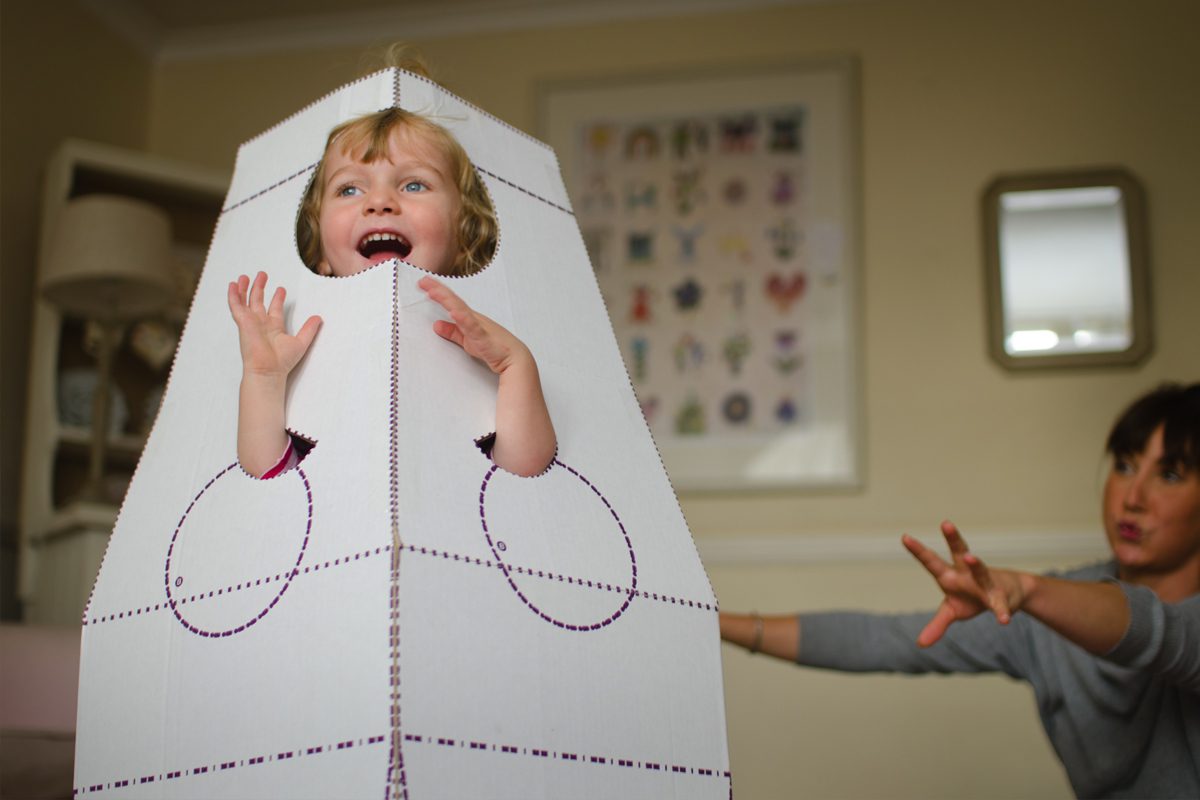How do you build and sustain a culture where creativity can thrive?
This is a question that I’ve been obsessing over whilst researching for my new book about creativity in business, In Your Creative Element. I’ve interviewed many creative leaders in organisations from the UN to Twitter, as well as Gerry Hopkinson, co-founder of Unity.
We know that PR agencies (particularly those targeting consumers) rely heavily on ideas for their survival. I interviewed Gerry to explore why curiosity (one of my elements) is integral to the PR agency’s culture and ongoing success.
Most PR agencies worth their salt now have creative processes embedded into the business and I asked Gerry to tell me more about how Unity approaches creative briefs. He told me: “For us, creativity starts with knowledge – and we see knowledge as Lego. Think about it – if you are building stuff with Lego, you’re constantly trying to combine and recombine different bits to make new things. So it makes sense that the more Lego you have in your bucket, the more combinations you can make. Any kid knows that.
The way you get more Lego is by being really interested in the world and by having a team with the same approach.
Ideas don’t really just generally really pop out. Good thinking is a flow; it’s a continually evolving progression and a combination of things. If you look at the workshop of anybody decent, it’s messy. I don’t trust a workshop that isn’t messy. And by that, I mean somewhere there are lots of half-baked ideas, lots of building blocks and starting things. Projects that were dead-ends, experiments, and just a bunch of stuff around. Importantly, a way for people to mess around.
You constantly need this stimulation because it adds to your Lego and to the new ideas coming through. You need to go from looking at that big rainbow, to thinking about Peter Blake, to then thinking about pop art – and that might just jog you for a moment in a brief. This is about neuroplasticity, and we get it by working the different bits of the brain all the time. A good agency needs neuroplasticity.”
Curiosity is one of the key elements for creativity that I explore further in the book. It’s the motivation to ask ‘what if?’ or ‘why does it have to be this way?’ and to challenge the status quo. In an era of complexity the ability to ask great questions and be curious is key.
Gerry explained how the agency encourages exploration. “In the early days, one of our principles was that we knocked off at 4 o’clock on a Friday and we had flexible hours because we wanted people out in the world. We actively encouraged people to go out and wander about.
We then formalised that into what we called field trips. People are given a brief to go out and find out about something and then report back. Everything is of value to us – and if you don’t know what you want to find out about, we’ll give you something to kick-start the process. But from there it’s up to you to interpret that in your way.”
One of my favourite quotes about creativity comes from John Cleese who famously said:
“we don’t know where we get our ideas from. We do know that we don’t get them from our laptops.”
Whilst we can of course get inspiration from being connected our devices, deliberate curiosity, observation and real world stimulus can all add to our mental Lego and help solve problems in unexpected ways. This is the basis of design thinking – the process used by some of the most innovative companies on the planet. Next time you think about calling a brainstorm, consider whether getting out amongst your target audience for while might be a better use of your collective time.
Claire Bridges is Chief Spark here at Now Go Create and author of In Your Creative Element published by Kogan Page.
This post first appeared on PRmoment.com in January 2017

